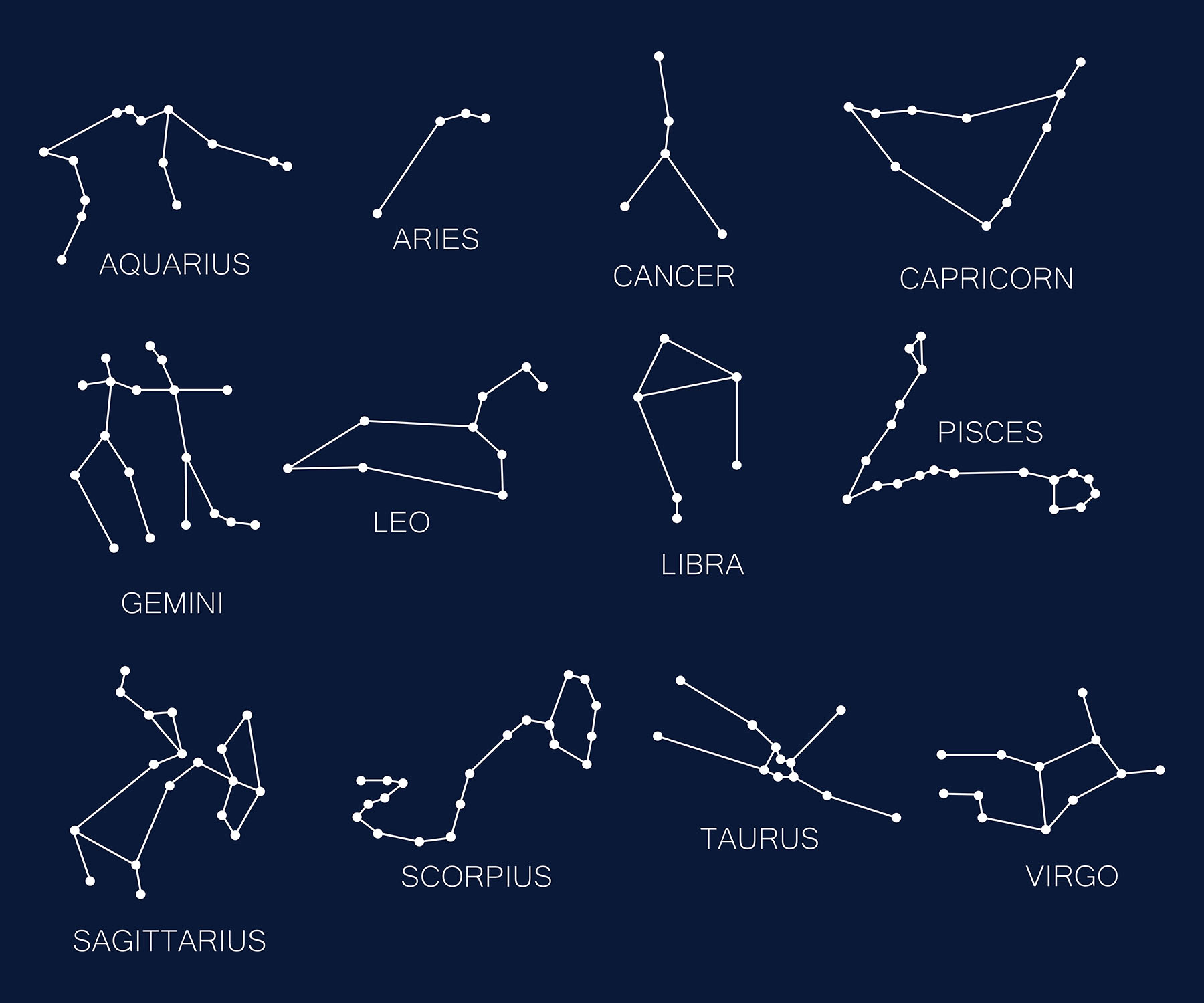
< Back
Virgo
Definition
Virgo is a constellation in the northern celestial hemisphere, and it holds a significant place among the 88 modern constellations. It is easily recognizable and has been observed and named since ancient times. Virgo represents a maiden or a young woman in various mythological and cultural interpretations. The figure is often depicted holding a sheaf of wheat or an ear of corn, symbolizing agriculture and fertility.
One of the notable features of Virgo is the bright star Spica, which is one of the 20 brightest stars visible from Earth. Spica serves as the "ear of wheat" held by the maiden in the constellation's representation.
In astrology, Virgo is one of the zodiac constellations, and people born under this sign are often associated with attributes like practicality, attention to detail, and a love for nature. However, it is essential to note that the constellation Virgo is a product of human imagination, as the stars forming it are not physically connected but appear close together from our vantage point on Earth.
The celestial beauty of Virgo has inspired stories and cultural significance throughout history, and it continues to captivate the imagination of stargazers and astronomers alike. Its presence in the night sky adds to the awe and wonder of the vast cosmos.
How can the word be used?
The brightest star in the Virgo constellation is Spica.

Different forms of the word
Noun: a constellation in the zodiac, between Leo to the west and Libra to the east.
Adjective: of or relating to the Virgo constellation.
Etymology
The word "Virgo" comes from the Latin word "virgo", which means "virgin".
The first recorded use of the word "Virgo" to refer to the constellation was in the 2nd century BC.
Question
Draw the Virgo constellation.
AQA Science Exam Question and Answer
Question:
Explain the significance of the Virgo constellation in astronomy and its role in our understanding of gravitational waves.
Answer:
The Virgo constellation holds special significance in the realm of astronomy due to its role in the detection of gravitational waves. Gravitational waves are ripples in the fabric of spacetime that are produced by the most energetic cosmic events, such as the collision of massive objects like black holes and neutron stars.
The Virgo interferometer, located in the Virgo constellation in Italy, is a crucial component of the Laser Interferometer Gravitational-Wave Observatory (LIGO) collaboration. Alongside LIGO detectors in the United States, Virgo significantly enhances our ability to detect and precisely locate gravitational wave sources. When a gravitational wave passes through Earth, it causes minuscule changes in the lengths of the arms of these interferometers, which can be measured with remarkable precision.
The Virgo interferometer's inclusion in the network has not only allowed for more accurate source localisation of gravitational waves but has also enabled a deeper understanding of the physics underlying these cataclysmic events. By triangulating the signals from multiple detectors, including Virgo, scientists can pinpoint the exact locations of the cosmic collisions that generate gravitational waves, leading to groundbreaking discoveries about the nature of our universe.